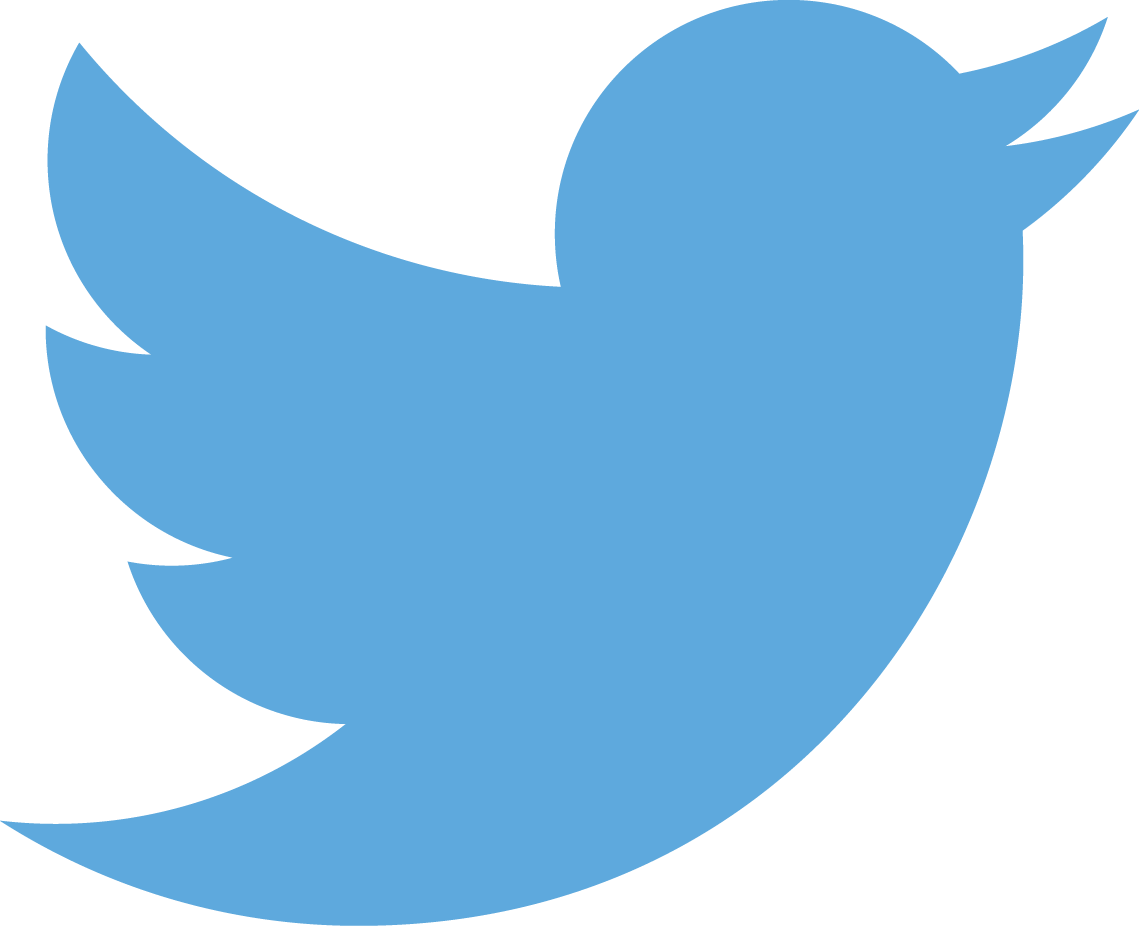We live in a society obsessed with outward beauty. We are bombarded with media images of airbrushed celebrities who give us unrealistic expectations of the “perfect image”. If you have a facial or physical difference that causes you to look out of the ordinary, odds are that you have been the target of social challenges, negative comments and/or stares. As a result, this can leave you feeling embarrassed, self-conscious, angry and rejected. Visible differences include any kind of condition that affects the appearance of any part such as skin conditions, burns, cancer, cleft lip and palate, birth marks, craniofacial anomalies and injuries.
So why do people stare, and what are the emotions experienced by both the person staring and the individual who is the object of a stare? What communication skills and tips can reduce the anxiety related to appearance, stares and social interactions?
The science of staring
It’s normal to stare; it’s rude to glare! There is growing evidence to prove that we all stare at anything or anyone out of the ordinary, and there is nothing in the definition of a stare that denotes malice. However, staring is often perceived as hurtful and unwanted.
Some researchers have found that our brain uses more energy to process images that are unfamiliar while anthropologist Donald Giddeon has demonstrated that a discrepancy as small as 1/25 millimeter in the placement of a facial feature triggers our brain causing us to do a double take. Flawless skin is the most universally desired human feature (flowing hair runs close behind). Staring is also believed to be a defence mechanism of self-preservation and survival carried over for centuries.
Snapshots: appearances matter
Research suggests that we form opinions about one another in 90seconds, primarily by interpreting visual and auditory information.
One of my heroes, Kevin Michael Connolly, was born without legs. In 2006, he won a silver medal and a $6,000 prize at the Winter X Games. The athlete used his prize money to travel to 17 countries and snapped 33,000 photos of people staring at him. Each eye-opening photo has something in common the look of disdain on his subjects faces. Rarely did anyone greet him with a smile, which unmistakably portrays the global rejection of those who look different.
Getting a positive response from strangers
People are rarely taught what to do when they meet someone who looks different, and so they feel awkward and frequently look away. Almost everyone admits to being curious and wondering what caused the difference, but rarely do they act with malice or intend to be rude.
Sometimes, strangers assume that a physical difference suggests a mental deficiency or that it is associated with challenging behaviors. Rather than avoiding difficult situations, use positive coping skills, take the initiative, and let good social and communication skills elicit a positive response from strangers. How you present yourself to the world is a signal of how you feel about yourself. Accentuate your good characteristics; work with what you have, and strive to develop skills to help you feel more confident.
If you know someone is curious or if they ask, What happened? you can simply say, I bet you wonder why I look different or I was injured in an automobile accident. A simple statement usually puts the other person at ease. A key is to make the most of your appearance, grooming and posture to present a positive impression. It is encouraging to know that lasting impressions have been proven to be based on poise and self-confidence,with gestures, facial expressions and body language comprising 93 per cent of communication.
My experience
As a result of a private plane crash in 1994, sixty-four percent of my body, including my face, was burned. I prefer to put others at ease in social situations and take the opportunity to educate them and dispel false myths associated with disfigurement. This is particularly important when addressing the blatant but innocent stares of young children.
My charity, Facing Forward, strives to educate middle-school students about the challenges of living with a disfiguring condition and to foster acceptance of individuals who have physical differences through a program called Outside, Inside; You Decide. Face It Online is a support tool developed by the Centre for Appearance Research (CAR) to help adults who have a physical difference manage their appearance-related distress more effectively. Facing Forward currently offers this comprehensive eight-week program free of charge.
Staring: reducing barriers
First, know that your “response” (not “reaction”) to a stare often determines the outcome. When meeting a stranger, use positive non-verbal body language, such as a simple smile, to display a reassuring sign of friendliness and approachability. Your smile helps put the stranger at ease. If you frown or look at strangers with scorn, you may cause them to feel awkward, annoyed or anxious. Also, becoming upset can drain you of energy. Instead, become an agent for change—first for yourself and, in the process, for society.


